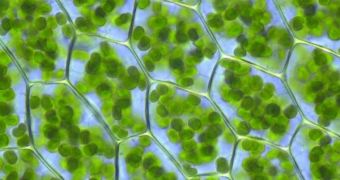The US Department of Energy (DOE) has recently announced that it will award $1.7 million in grant money to the University of Rochester, to support new, alternative, hydrogen-production methods. The university's approach relies on using artificial photosynthesis and carbon nanotubes to get the job done, and this daring initiative is what caught the eye of the DOE in the first place.
“Everybody talks about using hydrogen as a super-green fuel, but actually generating that fuel without using some other non-green energy in the process is not easy. People have used sunlight to derive hydrogen from water before, but the trick is making the whole process efficient enough to be useful,” UR Department of Chemistry Professor Kara Bren says. The expert is the leader of the four-scientist research team behind the groundbreaking idea.
The experts will attempt to advance the field of photosynthesis, which aims at utilizing energy coming directly from the sun to promote chemical reactions, in very much the same way plants obtain their vital elements from combining this energy with the carbon dioxide they catch from the atmosphere. They release oxygen and obtain energy in the process. The UR team has the advantage that, unlike other studies, it plans to create its photosynthesis devices in such a manner that will allow all three stages in the production process to be easily manipulated and tuned according to specifications.
Bren says that the system is still a long way from being completed, but adds that, if it proves effective, it could lead to greener production methods for hydrogen, in itself a renewable fuel source for future cars and other electric vehicles. The other three investigators from the team include UR Chemistry Professor Richard Eisenberg and Associate Professors of Chemistry Todd Krauss and Patrick Holland. “If we succeed, we may be able to not only help create a fuel that burns cleanly, but the creation of the fuel itself may be clean,” the team concludes.

 14 DAY TRIAL //
14 DAY TRIAL //